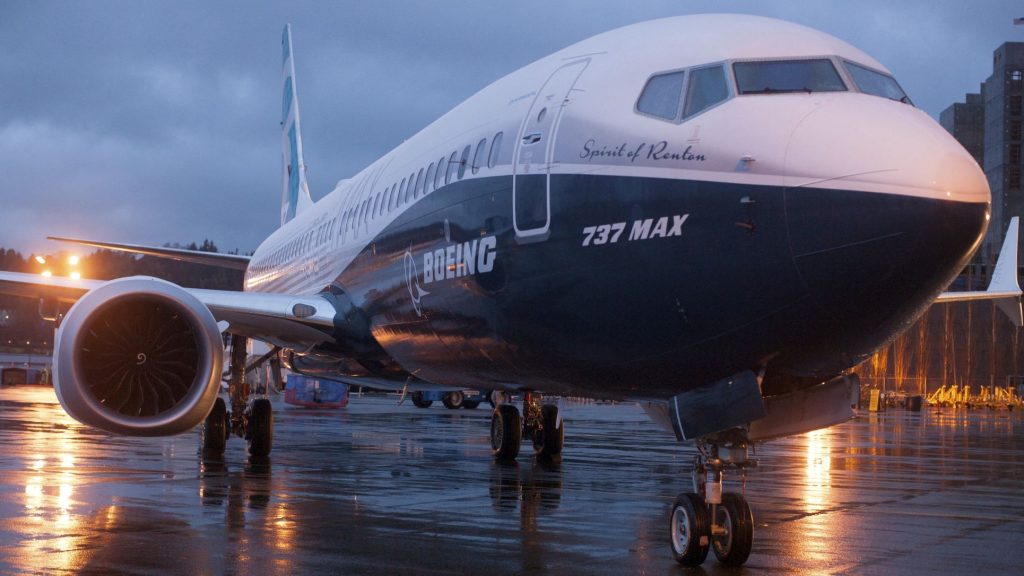Boeing Targets 2025 Return To Pre-Crisis 737 MAX Production Rates -Sources

Boeing Co intends to restore production of its bestselling 737 MAX jet to its 2019 rate of 52 a month by January 2025 as it seeks to fully recover from two deadly crashes and the COVID-19 pandemic that curtailed output, two people familiar with the matter said.
After increasing monthly MAX production rates to 38 in June, Boeing’s current plans call for 42 MAXs a month by January 2024 and 47 by June 2024, the sources, who asked not to be identified, told Reuters.
The company previously said it wanted to return production to about 50 by 2025 or 2026, but a more specific ramp-up plan outlined for suppliers and seen by Reuters had not been reported. It currently builds 31 a month.
Boeing, which has not provided details of its production plans, declined to comment.
As Boeing fights to recover from those crises, faster rollouts of the lucrative MAX are seen as the most critical task for Boeing Commercial Airplanes and the unit’s CEO Stan Deal, who told reporters in March production rates would rise from the current rate of 31 jets “very soon.”
If successful, the 52-production rate would mark the first time Boeing has manufactured the jet at that volume since 2019, when it curtailed monthly production to 42 planes in the wake of the crashes. The U.S. planemaker further pared back MAX rates during the COVID-19 pandemic.
Success in achieving the 52-jet rate by January 2025 would allow Boeing to defend a 40% market share of the narrowbody market, which analysts see as the lowest level required to maintain a duopoly as its European rival Airbus also increases single-aisle production.
Airbus, which on Thursday announced plans to build a new production line in China, expects to produce 65 single-aisle jets a month by the end of 2024 before ramping to its ultimate target of 75 a month in 2026.
Boeing’s plan seems “relatively realistic in terms of not trying to break the bank (and) try to rush very high rates right away, because … their suppliers could not do it,” said Michel Merluzeau, an aerospace analyst at Air consultancy.
However, Richard Aboulafia, an aerospace analyst with AeroDynamic Advisories, said Boeing’s market share could further shrink in the latter part of the 2020s if Airbus continues to see robust sales of the A321neo.
“Boeing doesn’t really have plans to get beyond 52 (MAXs), nor is it likely to do so. Airbus, yes, they’ll get the 75. It’s just a question of when, and that’s largely because of the strength of the A321neo,” he said.
Another key consideration is the health of Boeing’s supply chain, which is struggling to hire and train workers – a problem that has led to parts shortages. Meanwhile, Merluzeau said 737 MAX production appears to be stabilizing as Boeing’s hiring bears fruit.
Boeing’s guidance provides suppliers some needed clarity on the production schedule, but both Aboulafia and Merluzeau said the company will need to ensure its small suppliers remain financially healthy amid economic pressures.
(Reporting by Valerie Insinna in Washington; editing by Ben Klayman and Richard Chang)




